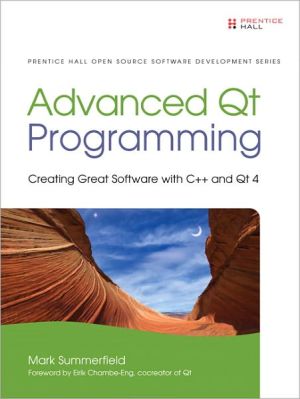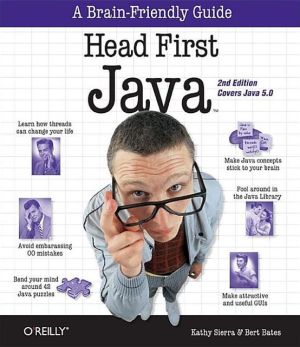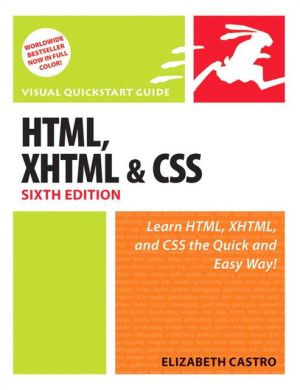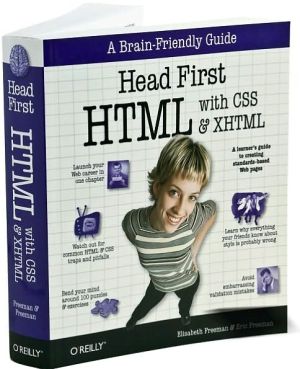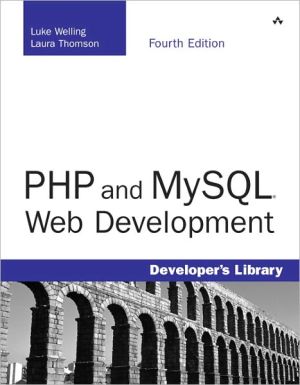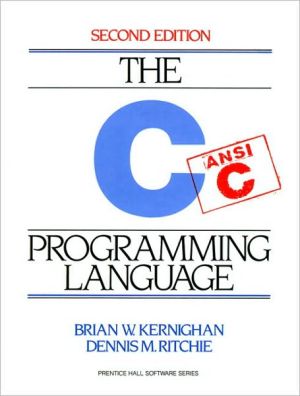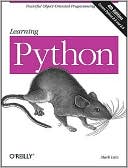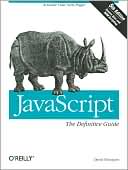Advanced Qt Programming: Creating Great Software with C++ and Qt 4
Master Qt’s Most Powerful APIs, Patterns, and Development Practices \ Qt has evolved into a remarkably powerful solution for cross-platform desktop, Web, and mobile development. However, even the most experienced Qt programmers only use a fraction of its capabilities. Moreover, practical information about Qt’s newest features has been scarce—until now.\ Advanced Qt Programming shows developers exactly how to take full advantage of Qt 4.5’s and Qt 4.6’s most valuable new APIs, application...
Search in google:
Master Qt’s Most Powerful APIs, Patterns, and Development PracticesQt has evolved into a remarkably powerful solution for cross-platform desktop, Web, and mobile development. However, even the most experienced Qt programmers only use a fraction of its capabilities. Moreover, practical information about Qt’s newest features has been scarce—until now. Advanced Qt Programming shows developers exactly how to take full advantage of Qt 4.5’s and Qt 4.6’s most valuable new APIs, application patterns, and development practices. Authored by Qt expert Mark Summerfield, this book concentrates on techniques that offer the most power and flexibility with the least added complexity.Summerfield focuses especially on model/view and graphics/view programming, hybrid desktop/Web applications, threading, and applications incorporating media and rich text. Throughout, he presents realistic, downloadable code examples, all tested on Windows, Mac OS X, and Linux using Qt 4.6 (and most tested on Qt 4.5) and designed to anticipate future versions of Qt. The book Walks through using Qt with WebKit to create innovative hybrid desktop/Internet applications Shows how to use the Phonon framework to build powerful multimedia applications Presents state-of-the-art techniques for using model/view table and tree models, QStandardItemModels, delegates, and views, and for creating custom table and tree models, delegates, and views Explains how to write more effective threaded programs with the QtConcurrent module and with the QThread class Includes detailed coverage of creating rich text editors and documents Thoroughly covers graphics/view programming: architecture, windows, widgets, layouts, scenes, and more Introduces Qt 4.6’s powerful animation and state machine frameworks
List of Tables xiiiForeword xvIntroduction 1Chapter 1: Hybrid Desktop/Internet Applications 5Internet-Aware Widgets 6Using WebKit 21Chapter 2: Audio and Video 53Using QSound and QMovie 54The Phonon Multimedia Framework 60Chapter 3: Model/View Table Models 87Qt’s Model/View Architecture 88Using QStandardItemModels for Tables 90Creating Custom Table Models 113Chapter 4: Model/View Tree Models 129Using QStandardItemModels for Trees 130Creating Custom Tree Models 151Chapter 5: Model/View Delegates 185Datatype-Specific Editors 186Datatype-Specific Delegates 188Model-Specific Delegates 201Chapter 6: Model/View Views 207QAbstractItemView Subclasses 208Model-Specific Visualizing Views 224Chapter 7: Threading with QtConcurrent 245Executing Functions in Threads 248Filtering and Mapping in Threads 261Chapter 8: Threading with QThread 287Processing Independent Items 287Processing Shared Items 302Chapter 9: Creating Rich Text Editors 317Introducing QTextDocument 318Creating Custom Text Editors 320A Rich Text Single Line Editor 342Multi-line Rich Text Editing 353Chapter 10: Creating Rich Text Documents 359Exported QTextDocument File Quality 361Creating QTextDocuments 364Exporting and Printing Documents 371Painting Pages 379Chapter 11: Creating Graphics/View Windows 389The Graphics/View Architecture 390Graphics/View Widgets and Layouts 392Introducing Graphics Items 399Chapter 12: Creating Graphics/View Scenes 409Scenes, Items, and Actions 411Enhancing QGraphicsView 439Creating a Dock Widget Toolbox 440Creating Custom Graphics Items 447Chapter 13: The Animation and State Machine Frameworks 469Introducing the Animation Framework 469Introducing the State Machine Framework 474Combining Animations and State Machines 481Epilogue 491Selected Bibliography 495Index 499
